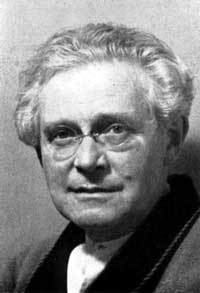Nationality German Role Mathematician | Institutions University of Leipzig Name Gustav Herglotz | |
 | ||
Alma mater University of GottingenLMU Munich Doctoral students Emil ArtinFelix BurkhardtPeter Scherk Died March 22, 1953, Gottingen, Germany Education University of Gottingen, Ludwig Maximilian University of Munich Similar People | ||
The Herglotz's Theorems & Some Applications
Gustav Herglotz (2 February 1881, Wallern – 22 March 1953, Gottingen) was a German Bohemian mathematician. He is best known for his works on the theory of relativity and seismology.
Contents
Herglotz studied Mathematics and Astronomy at the University of Vienna in 1899, and attended lectures by Ludwig Boltzmann. In this time of study, he had a friendship with his colleagues Paul Ehrenfest, Hans Hahn and Heinrich Tietze. In 1900 he went to the LMU Munich and achieved his Doctorate in 1902 under Hugo von Seeliger. Afterwards, he went to the University of Gottingen, where he habilitated under Felix Klein. In 1904 he became Privatdozent for Astronomy and Mathematics there, and in 1907 Professor extraordinarius. Here, be became interested in the theory of earthquakes, and together with Emil Wiechert, he developed the Wiechert–Herglotz method for the determination of the velocity distribution of Earth's interior from the known propagation times of seismic waves (an inverse problem). There, Herglotz solved a special integral equation of Abelian type. In 1908 he became Professor extraordinarius in Vienna, and in 1909 at the University of Leipzig. From 1925 (until becoming Emeritus in 1947) he again was in Gottingen as the successor of Carl Runge on the chair of applied mathematics. One of his students was Emil Artin.
Herglotz made contribution in many fields of applied and pure mathematics. The Theorem of Herglotz is known in differential geometry, and he also contributed to number theory. He worked in the fields of celestial mechanics, theory of electrons, special relativity (where he developed a theory of elasticity), general relativity, hydrodynamics, refraction theory.
